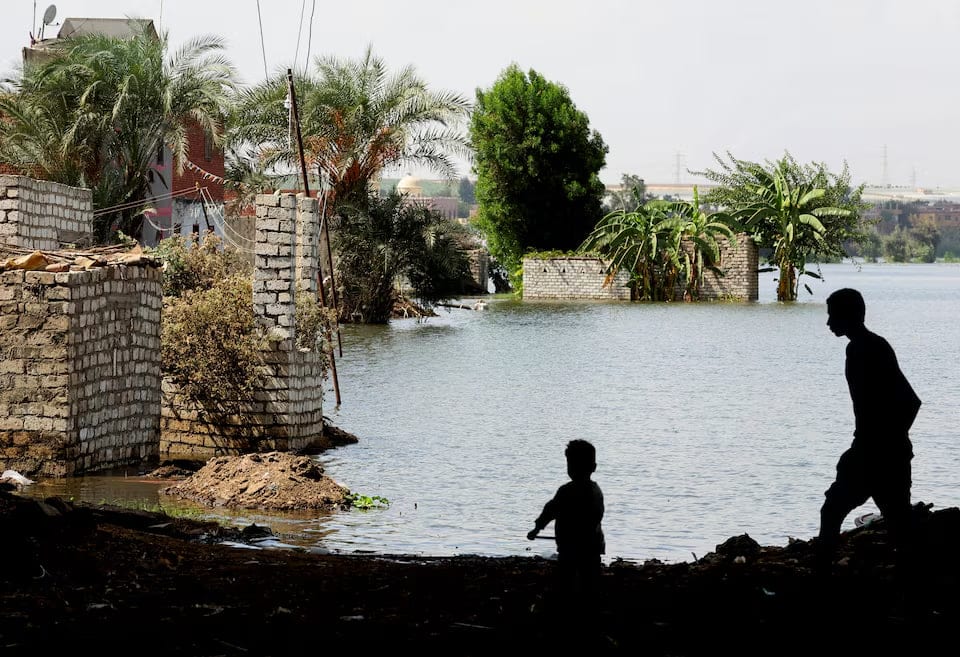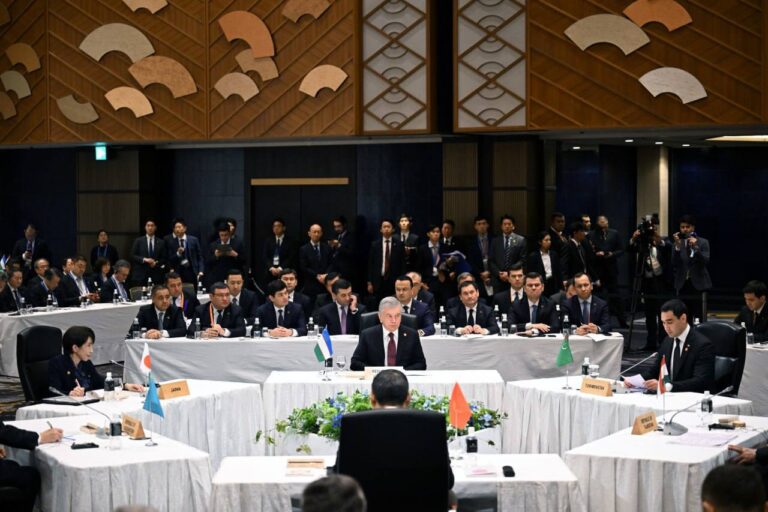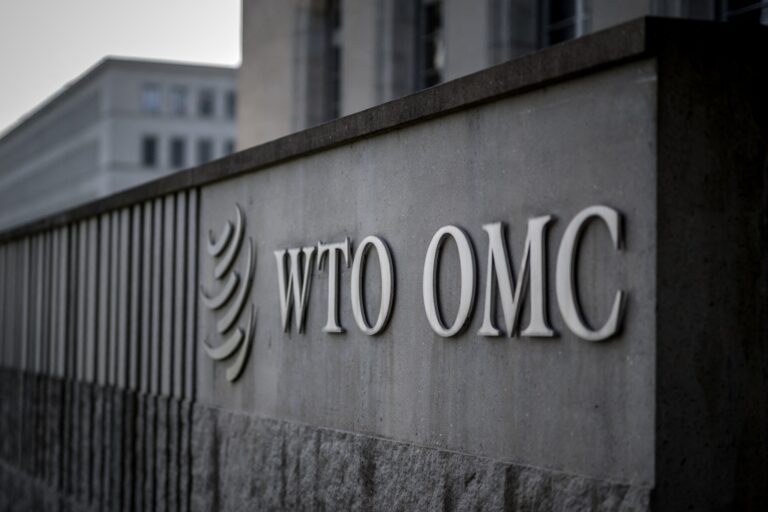
Rising waters of the Nile have flooded homes and farmland in northern Egypt, forcing residents to use boats to move through submerged streets and reigniting tensions between Cairo and Addis Ababa over the impact of Ethiopia’s vast Nile dam.
Homes Submerged in Menoufia
In the Nile Delta village of Dalhamo, Menoufia Governorate, about 50 kilometres northwest of Cairo, residents paddled wooden boats through narrow lanes as floodwaters reached their homes.
«We lost everything,» said fisherman Saied Gameel, standing knee-deep inside his flooded house. «The water level is extremely high, much higher this year. Before, it would rise for two days and then recede.»
Seasonal flooding of the Nile is driven by monsoon rains in the Ethiopian Highlands, usually peaking in July and August. This year, however, a late surge of water has pushed north through Sudan and into Egypt.
In Sudan, the UN migration agency reported that floods in Bahri, Khartoum state, displaced around 1,200 families last week and destroyed homes, worsening the impact of the country’s ongoing 18-month conflict.
Cairo Blames Ethiopia’s Dam
Egypt’s Ministry of Water Resources and Irrigation accused Ethiopia of «reckless unilateral» operation of the Grand Ethiopian Renaissance Dam (GERD). The ministry said erratic releases of water after the dam’s September 9 inauguration caused a «man-made late flood».
It reported that discharges rose sharply to around 485 mln cubic metres on September 10 and peaked at 780 mln on September 27 before easing, overwhelming Sudan’s Roseires Dam and sending excess water downstream to Egypt.
Ethiopia dismissed the accusations, calling Cairo’s statement «malicious and baseless». Its Ministry of Water and Energy argued that regulated discharges from the $5 bn dam had actually reduced flood damage, claiming heavy rains could otherwise have caused «historic destruction» in Sudan and Egypt.
During the inauguration, Ethiopian Prime Minister Abiy Ahmed said the dam was built «to prosper, to electrify the entire region, and to change the history of black people», stressing that it was «not to harm its brothers». The GERD is designed to generate 5,150 MW of power and store up to 74 bn cubic metres of water.
Egypt’s Warning and Local Impact
Egyptian Prime Minister Mostafa Madbouly said on October 2 that authorities had anticipated unusually high water levels this month and had warned that low-lying areas in Menoufia and neighbouring Beheira, long developed for housing and farming, were at risk. Health teams were deployed to affected zones over the weekend.
Back in Dalhamo, residents remain stranded.
«People were warned before the water rose, but there’s nowhere else to go,» said Gameel. «When the water rises, everyone ends up staying on top of their houses.»
Kursiv also reports that in early September Ethiopia was set to open the Grand Ethiopian Renaissance Dam, doubling its power supply and bringing electricity to millions. But Egypt and Sudan warn the project could threaten their water resources.













